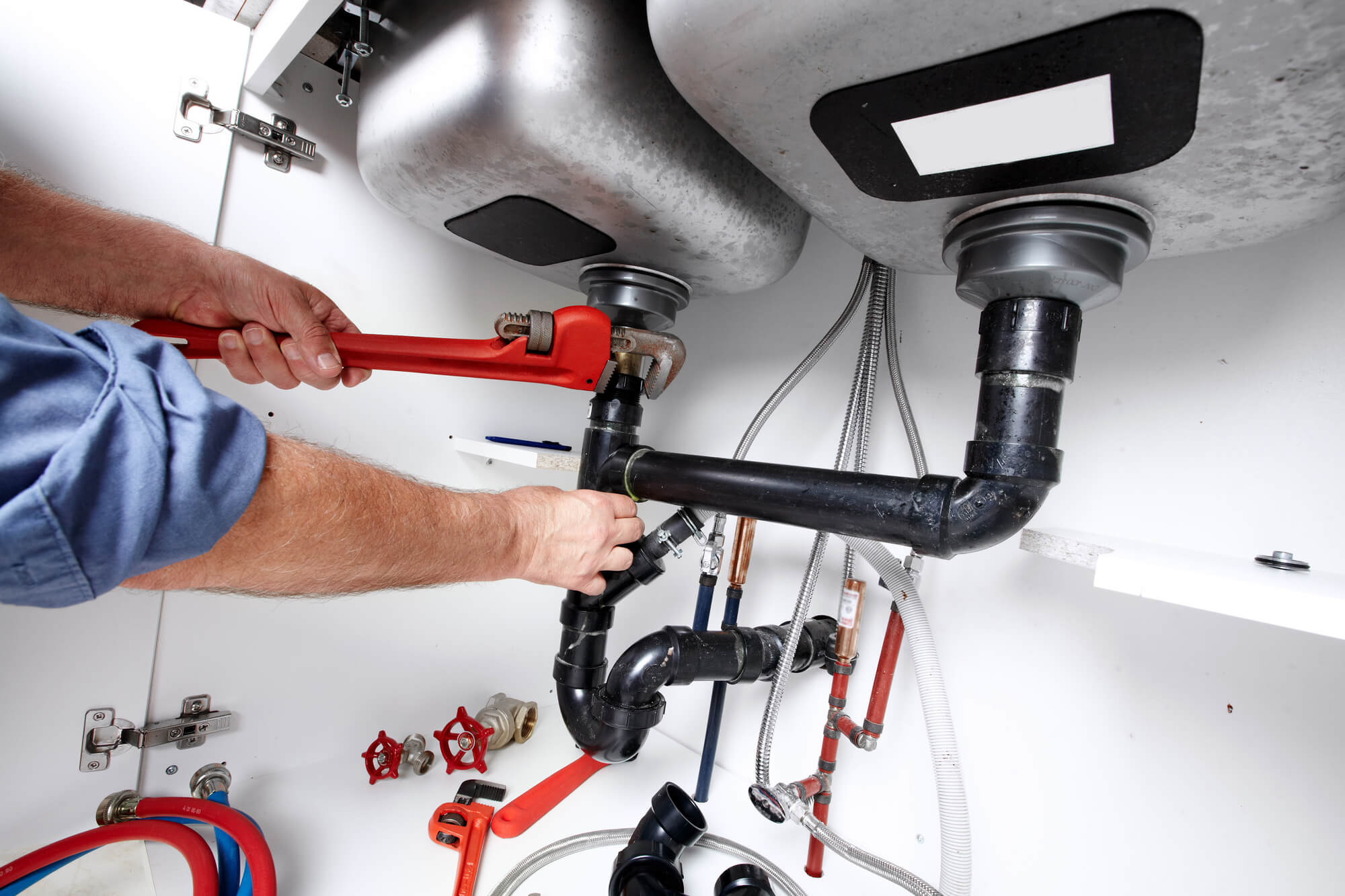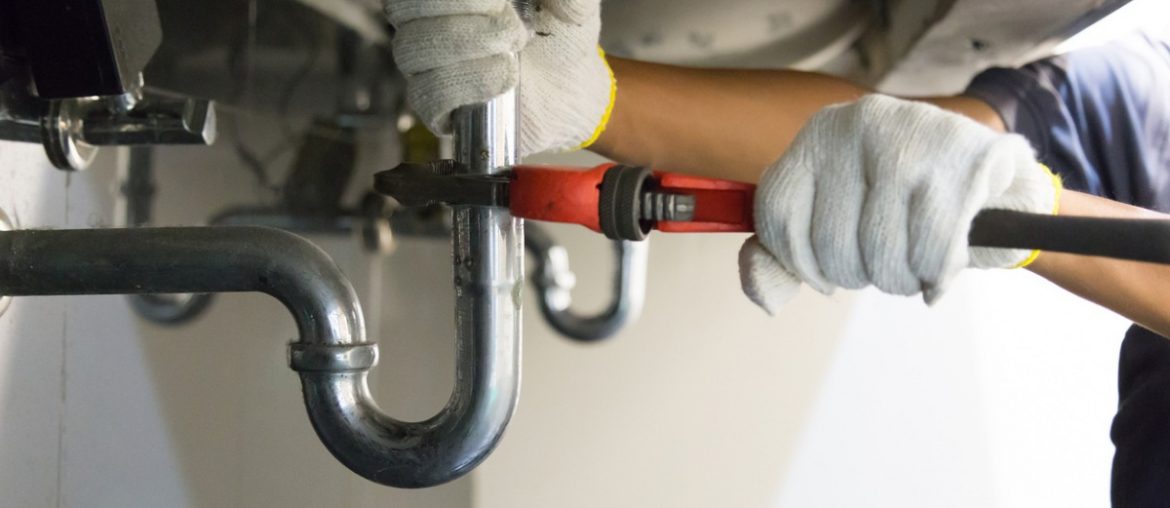Obtaining Acquainted with Home Plumbing Basics: A Beginner's Handbook
Obtaining Acquainted with Home Plumbing Basics: A Beginner's Handbook
Blog Article
Were you in search of help and advice involving Plumbing basics: How your home plumbing works?

Plumbing is a vital facet of any home, in charge of providing clean water for alcohol consumption, cooking, and bathing, as well as removing wastewater securely. Recognizing the fundamentals of home plumbing is essential for every house owner to ensure appropriate maintenance, troubleshooting, and, if needed, repair services. In this newbie's guide, we'll cover the fundamental principles of home plumbing to aid you come to be much more familiar with just how it functions.
Water System
The supply of water system brings clean water into your home from a community water resource or an exclusive well. It includes a major water line that links to your home's plumbing system, normally located underground. A water meter gauges the quantity of water consumed, while a shut-off valve permits you to regulate the flow of water right into your home.
Plumbing Fixtures
Plumbing fixtures are gadgets that provide water to various parts of your home and consist of sinks, taps, commodes, showers, bath tubs, and home appliances such as dishwashers and washing devices. Each fixture is linked to the supply of water system via pipes and fittings and might have its shut-off valve for upkeep or emergencies.
Water Heating Unit
The water heating system is in charge of home heating water for residential usage, consisting of showering, cooking, and cleaning. Typical sorts of hot water heater include tank-type hot water heater, tankless (on-demand) hot water heater, and heat pump hot water heater. The hot water heater is connected to the supply of water system and supplies hot water to plumbing components as needed.
Water drainage System
The water drainage system removes wastewater from your home and carries it away to a sewage treatment center or septic tank. It contains a network of pipes, fittings, and fixtures that move wastewater from plumbing fixtures to the primary drain line or septic system. Appropriate drainage is important to avoid obstructions, backups, and sewage leaks.
Air flow System
The air flow system aids maintain appropriate air pressure and prevent sewage system gases from entering your home. Air vent pipes, also referred to as air vent stacks, extend from plumbing components to the roofing, allowing sewer gases to leave securely outside. Air flow pipelines also permit air to enter the drain system, helping with smooth wastewater flow and avoiding suction or vacuum effects.
Common Plumbing Tools
Having the right tools on hand is important for carrying out standard plumbing repairs and maintenance jobs. Typical plumbing tools include flexible wrenches, monkey wrench, pliers, pipe cutters, hacksaws, plungers, augers (or drain snakes), and Teflon tape. Having these tools conveniently offered can assist you tackle minor plumbing concerns effectively.
Fundamental Plumbing Repairs
While some plumbing repair services might call for expert support, many usual concerns can be attended to with basic do it yourself techniques. Understanding exactly how to take care of a leaky tap, unblock a drain, replace a bathroom flapper, or fix a trickling showerhead can save you money and time on plumbing repairs.
Conclusion
Recognizing the fundamentals of home plumbing is crucial for every single homeowner to keep a risk-free, practical, and reliable plumbing system. By familiarizing on your own with the water system system, plumbing fixtures, drainage system, air flow system, typical plumbing devices, and basic fixings, you can confidently resolve minor plumbing issues and ensure your home's plumbing system runs smoothly.
Plumbing for Beginners: A Comprehensive Guide
If you’re a beginner when it comes to plumbing, don’t worry; you’re not alone. Plumbing may seem intimidating, but with the right knowledge and a little practice, you can handle many common plumbing issues on your own. In this comprehensive guide, we will demystify the world of plumbing for beginners, providing you with the basic knowledge and skills needed to tackle common plumbing problems and even take on some DIY plumbing projects.
The Importance of Basic Plumbing Knowledge for Beginners:
First and foremost, basic plumbing knowledge gives you a solid foundation. It helps you grasp the key concepts and terminology that are essential in this field. By learning the basics, you’ll be able to build upon that knowledge and tackle more complex plumbing tasks in the future.
Having a basic understanding of plumbing also enables you to handle common issues that may arise in your home. Picture this: a leaky faucet or a clogged drain. With some basic plumbing knowledge, you’ll have the confidence to troubleshoot and fix these problems on your own. It saves you from unnecessary expenses and the hassle of waiting for a professional to arrive.
As a beginner, learning the basics of plumbing empowers you to take care of your own home. It gives you a sense of independence and self-reliance. You’ll no longer have to rely solely on professionals for every small issue that pops up. Instead, you can handle many tasks yourself, saving time and money in the process.
Remember, everyone starts as a beginner. Embrace the learning process and take small steps to expand your plumbing knowledge. There are plenty of online resources, tutorials, and even local workshops that talk about plumbing for beginners.
Essential Tools for Plumbing for Beginners
As you start your plumbing journey, having the right tools in your toolbox is crucial. Let’s explore some of the must-have tools:
Adjustable Wrench:
This versatile tool is a staple in any plumber’s toolbox. It allows you to tighten or loosen nuts and bolts of various sizes. Make sure to have an adjustable wrench with a comfortable grip.
Pipe Wrench:
A pipe wrench is specifically designed for gripping and turning pipes. It has serrated jaws that provide a strong grip, making it easier to loosen or tighten threaded pipes and fittings.
Plunger:
The plunger is a simple yet effective tool for clearing clogged drains and toilets. It creates suction when you push and pull, helping to dislodge blockages. Keep a good-quality plunger handy for those unexpected clogs.
Pipe Cutter:
When it comes to cutting pipes, a pipe cutter is your go-to tool. It creates clean, precise cuts without damaging the pipe. Look for a pipe cutter that can handle the pipe sizes you’re working with.
Hacksaw:
A hacksaw is useful for cutting through pipes, screws, and other materials. It’s a versatile tool that can handle different cutting tasks. Remember to use a blade suitable for cutting metal.
Tape Measure:
Accurate measurements are crucial in plumbing. A tape measure allows you to measure pipe lengths, distances, and dimensions accurately. Opt for a sturdy tape measure that extends a good length.
Pliers:
Pliers come in handy for various tasks, such as gripping, bending, and cutting. Slip-joint pliers with adjustable jaws are great for gripping pipes, nuts, and bolts.

As a devoted reader about What to Know About Plumbing: Basics, Tips, and Insights, I imagined sharing that piece of content was sensible. For those who liked our blog post if you please remember to pass it around. I take joy in reading our article about Plumbing Basics For Every Home: The HomeTriangle Guide.
Try Here Report this page